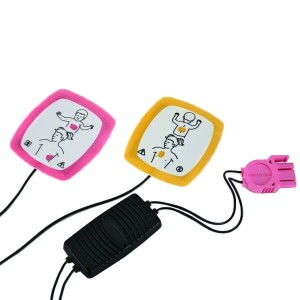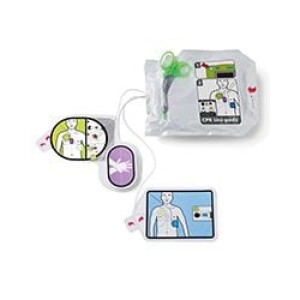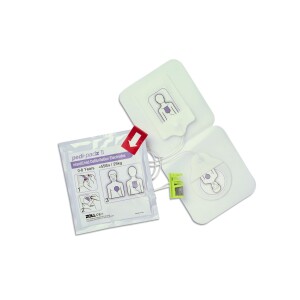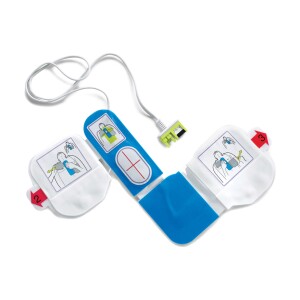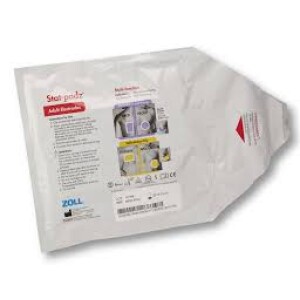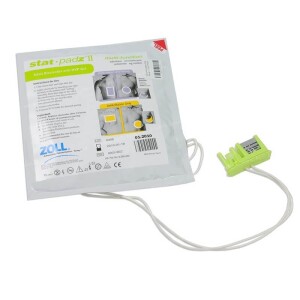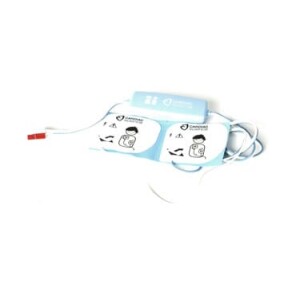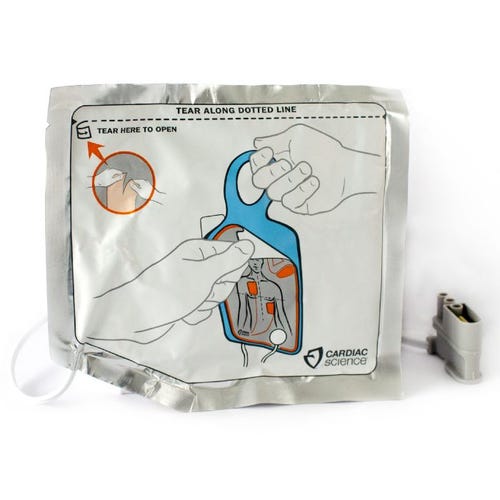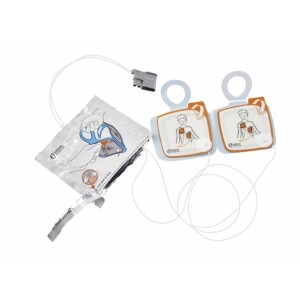Currently Empty: $0.00
New Physio-Control Pads
FREE Shipping
$153.00
-6%
FREE Shipping
“I Saved $10.00 Instantly”
ZOLL Authorized Distributor
Lowest Price Guaranteed
Original price was: $175.00.$165.00Current price is: $165.00.
FREE Shipping
Part number: 8900-0810-01
Manufacturer: Zoll
$116.00
In Stock
Free Shipping
Zoll Authorized Distributor
Lowest Price Guaranteed
Part number for the ZOLL Replacement CPR-D-Padz is "8900-0800-01".
$200.00
ZOLL® Stat Padz™ Part #: 8900-4004 ZOLL Stat-padz HVP Multi-Function Electrodes. Multi-function; defibrillation, non-invasive pacing, cardioversion, and ecg monitoring. Alternate Part Number(s): 8900-4003, 8900-4004 ZOLL Stat-padz® are the fastest, easiest-to-use multi-function defibrillator electrodes and are optimized for emergency resuscitation situations. Unique ZOLL features save life-saving seconds and maximize efficacy: Preconnect™ saves ...
$59.75
ZOLL® Stat Padz™ II Part #: 8900-0801-01 ZOLL Stat-padz® are the fastest, easiest-to-use multi-function defibrillator electrodes and are optimized for emergency resuscitation situations. Unique ZOLL features save life-saving seconds and maximize efficacy: Preconnect™ saves critical application time. Speed Pack™ reduces cord tangles and fumbling. Anatomically correct diagrams facilitate proper pad ...
$70.00
Free Shipping
Verified Lowest Internet Price
$117.00
New Cardiac Science Powerheart G5 Replacement Pads
Free Shipping
Part number - XELAED001B, XELAED001C, XELAED001A,
$81.00
New OEM Powerheart G5 Replacement Pads
Lowest Price Guaranteed
” I Saved Over $12.00″
FREE Shipping
Authorized Distributor
$102.00

